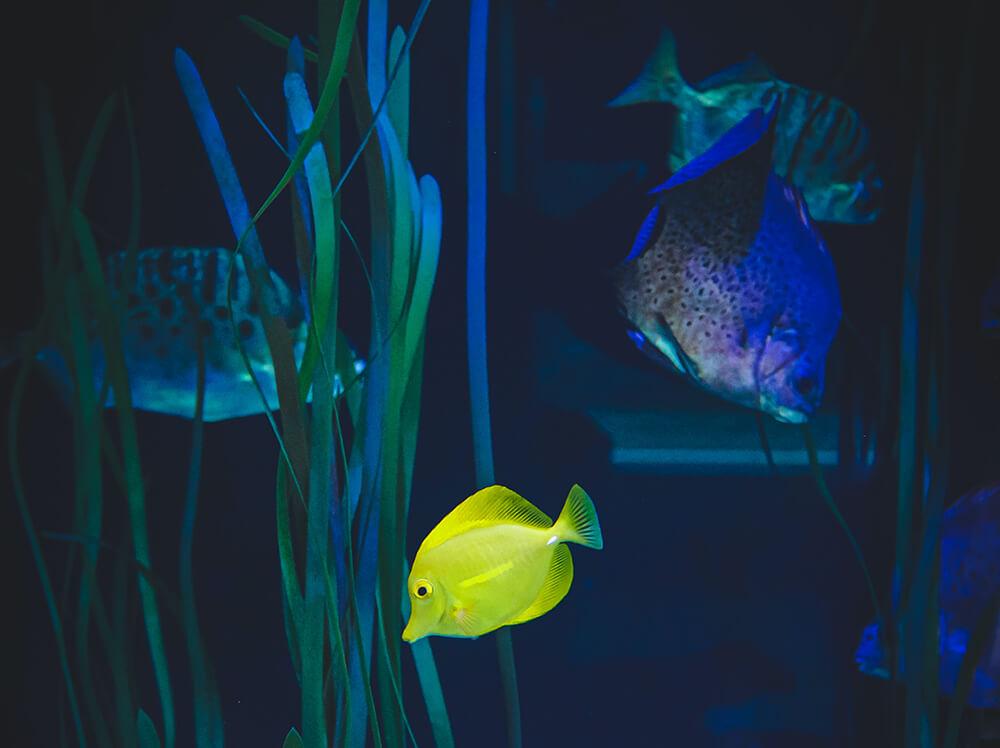How long should aquarium lights be on for?
There is a maximum of 12 hours of daylight on the equator so that’s the maximum length of time that any aquarium containing tropical fish should be lit for. Any more will cause algae.
But it’s worth considering other factors that affect sunlight duration in nature. At dawn and dusk, the sun’s brightness is at its weakest so by utilizing controllable LED lighting you can simulate dawn and dusk cycles on your aquarium. Cloud cover can affect the sun’s intensity as can rainfall, and if your fish and plants come from forested areas they will no doubt experience shade from the forest canopy above.
Because of these factors live aquarium plants and corals can survive on as little as eight hours of light per day, and if you are experiencing algae issues the first thing to do is to set your lighting so that it doesn’t exceed eight hours per day.
For reef tanks, reefkeepers often set a gradual fade in and out of their lighting per day, but also start and end the day with blue lighting, ramping up to its whitest setting at midday to simulate bright midday sun in the tropics.
If your lighting isn’t controllable plug it into a simple light timer and set it to come and go off at the same time every day. If you don’t have live plants or corals, and just have tropical, coldwater or marine fish, you can even turn the lights off when you aren’t viewing the fish. They will be fine in ambient room light and you’ll get far less algae growth to remove as a result.









